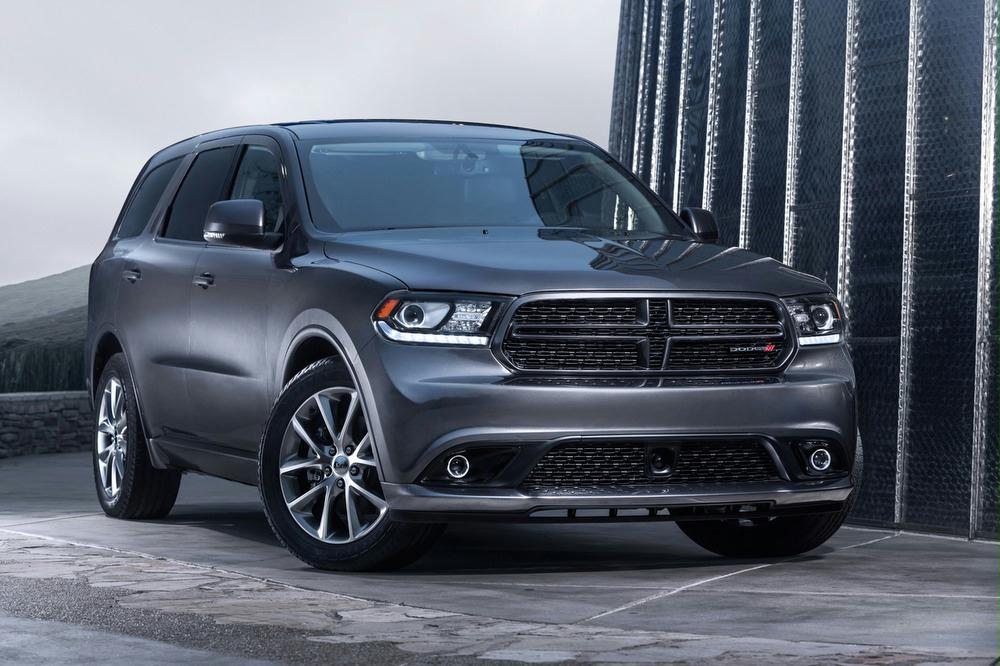In short, my fellow marketing chum Christopher Hunter wrote an intriguing article about the new partnership between Chrysler (more specifically Dodge’s Durango SUV), and Anchorman’s Ron Burgundy (Will Ferrell). He discussed the exclusive mutually beneficial relationship between both parties, and in turn how effective the ads are. To take this analysis further, I’m applying the marketing mix to this ingenious relationship, more specifically looking at how the combination of product and promotion for the Dodge Durango can produce such effective advertisements.
https://www.youtube.com/watch?v=ZzfVT6j_1dY
Product:
Dodge’s advertisements for the Durango combine the comedy and popularity associated with Will Ferrell with a product to back it up. While the commercials do focus on the humorous aspect of the partnership, noteworthy elements of the SUV are focused on, bringing to light features in a vehicle rarely or never mentioned in car commercials. Ron Burgundy exemplifies this in the ad, mentioning the Dodge Durango’s “0.1 cubic feet of storage, 12 volt light bulb, all in beautiful injection molded thermoplastic olefin,” even though that may not be much to brag about. Burgundy also mentions more common aspects of a vehicle commercial bringing light to the Durangos’s available “Hemi V8 engine and 360 horsepower.”

Promotion:
While this advertisement campaign does focus slightly on the product itself, the bulk of its effectiveness and appeal to the market is in the promotion. Ron Burgundy already is a popular social figure, so putting him in Dodge’s advertisements automatically associates the SUV with popularity and the hottest social trend. On top of just having Will Ferrell/Ron Burgundy in the commercials, they’re actually funny. This whole advertising premise is based on Ron Burgundy’s character, so if the writers for the ads couldn’t duplicate the character everyone knows and loves, this marketing campaign would be a total flop.

In summary, Chrysler took advantage of the popularity of Ron Burgundy and faith in their product (the Dodge Durango) to create a string of very effective ads.
http://stwot.motortrend.com/files/2013/10/ron-burgundy-2014-dodge-durango-horse-796×528.jpg
https://pictures.dealer.com/jdpower/ae486cbf0a0a00640147164d997224f0.jpg



